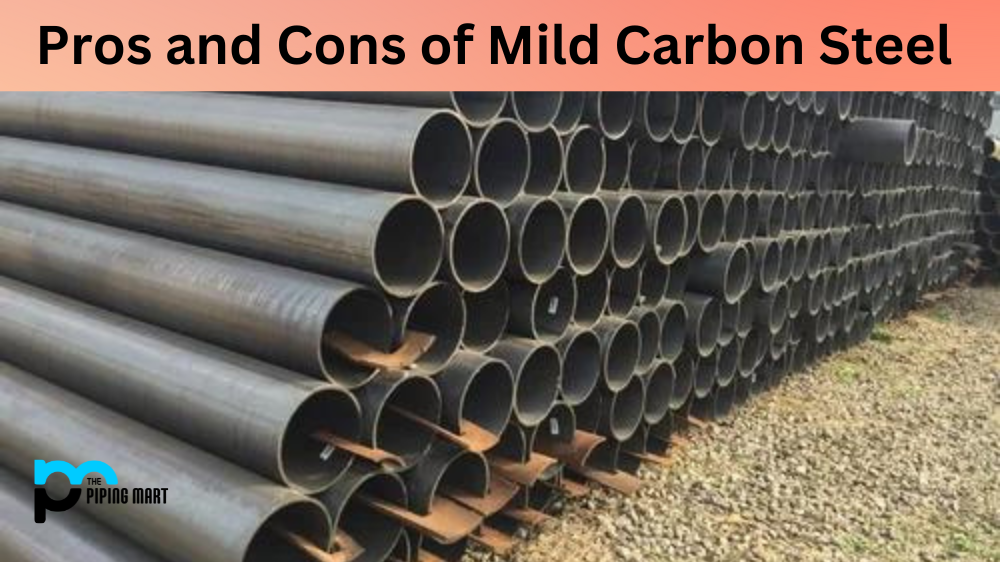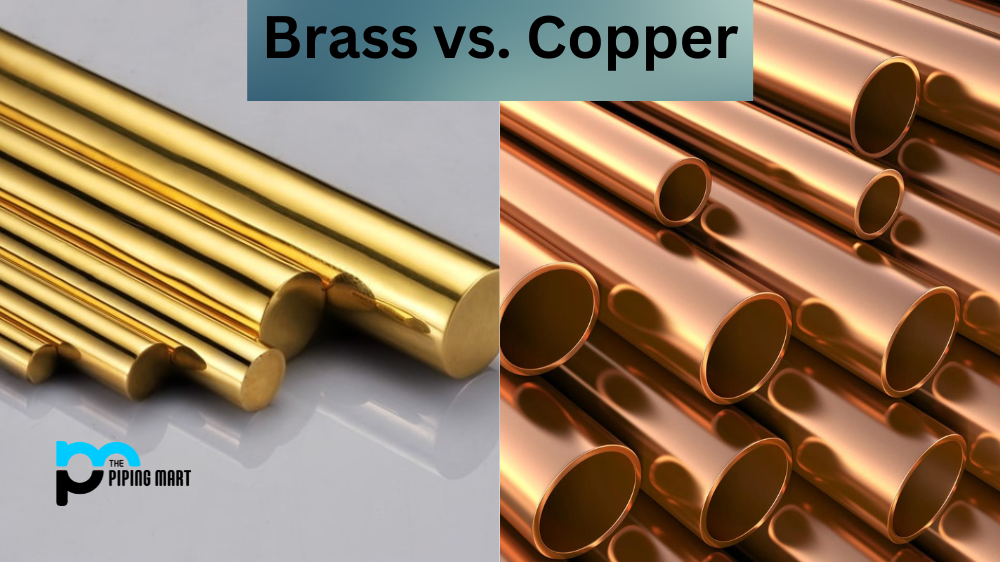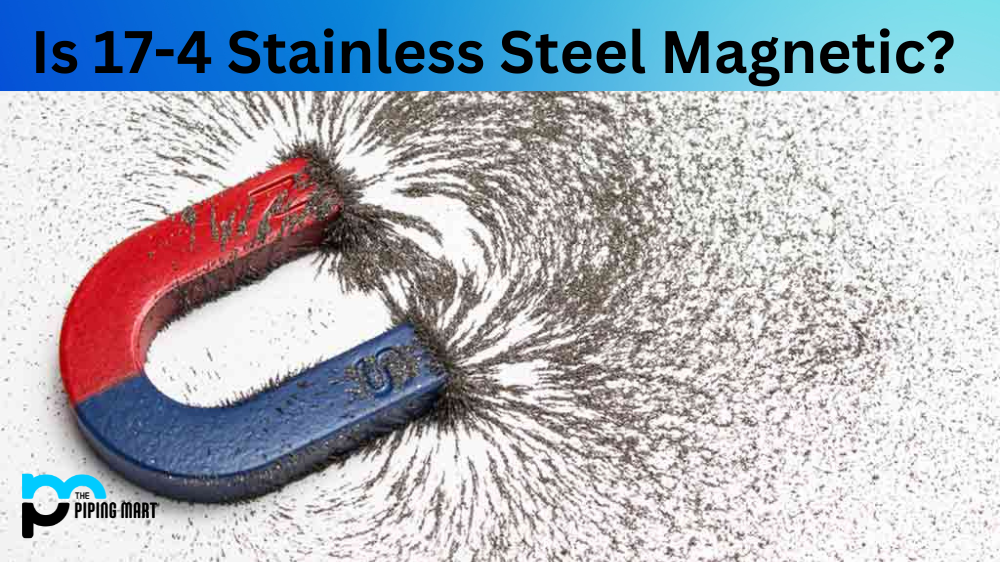Understanding the advantages and disadvantages of mild carbon steel is important for anyone who works in industries such as farming, construction, and manufacturing. Mild carbon steel is a type of metal alloy that is composed of both iron and carbon atoms. With this type of metal alloy, engineers and designers can create strong, durable structures with a malleability that allows them to shape it into various forms. Let’s look at some of the pros and cons of mild carbon steel.
5 Advantages of Mild Carbon Steel
The main advantage of mild carbon steel is its malleability, or ability to be shaped into various forms without sacrificing its strength or durability. This makes it ideal for creating tools and machinery components that need to be precisely formed into specific shapes. It also has a relatively low cost compared to other metals, such as stainless steel, making it an affordable option for many businesses in industries such as construction, farming, and manufacturing.
The mild carbon steel also has excellent weldability due to its low levels of sulfur content. This makes it easy to join two pieces of metal together using welding techniques. Additionally, mild carbon steel is resistant to rust and corrosion, which makes it ideal for applications where it will be exposed to water or other chemicals on a regular basis.
Low Cost
Mild carbon steel is one of the most affordable metals on the market today. It is also one of the most commonly used metals, making it easy to find and purchase.
Versatile
Mild carbon steel is also very versatile. It can be used in a variety of applications, including construction, automotive manufacturing, and even in the production of kitchen utensils and appliances.
Strong and Durable
Despite its low cost, mild carbon steel is actually quite strong and durable. It is often used in the construction of buildings and bridges due to its strength. Additionally, mild carbon steel is resistant to corrosion, making it an ideal choice for use in outdoor applications.
Weldable
Another advantage of mild carbon steel is that it is weldable. This means that it can be joined together with other pieces of metal using welding techniques. This makes it ideal for use in a variety of projects, such as the construction of machinery or the fabrication of parts for vehicles.
Recyclable
Finally, mild carbon steel is recyclable. This means that it can be melted down and reused in the production of new products, which helps to reduce waste and conserve resources.
5 Disadvantages of Mild Carbon Steel
One disadvantage of mild carbon steel is its lack of resistance against extreme temperatures. If exposed to very high temperatures, the metal may become brittle or even crack due to thermal shock. Additionally, mild carbon steel can become corroded quickly when exposed to acidic substances such as vinegar or lemon juice. This means that it must be carefully maintained in order for it to remain intact over long periods of time. Finally, mild carbon steel does not have the same level of heat conductivity as some other types of metal alloys—this means that it may not be suitable for certain applications where heat needs to be efficiently transferred from one component to another component within a system or machine.
Less durable
One of the primary disadvantages of mild carbon steel is that it is less durable than other types of steel. This means that it is more likely to bend, dent, or scratch than other types of steel. Additionally, mild carbon steel is more susceptible to rust and corrosion than other types of steel.
Not as strong
Another disadvantage of mild carbon steel is that it is not as strong as other types of steel. This means that it is not well-suited for applications where strength is required, such as in construction or automotive manufacturing.
More expensive
Another downside to mild carbon steel is that it is more expensive than other types of steel. This is because it is less widely available and more difficult to produce.
Limited applications
Due to its disadvantages, mild carbon steel has limited applications. It is typically only used in low-stress applications, such as in the food and beverage industry or in low-strength structural applications.
Requires regular maintenance
Finally, mild carbon steel requires regular maintenance in order to prevent rust and corrosion. This includes regularly cleaning and drying the metal, as well as applying a protective coating if necessary.
Conclusion
In summary, mild carbon steel has both advantages and disadvantages depending on what type of application you are looking for it for use in your business operations. Its malleability makes it an ideal material for forming tools and machinery parts into specific shapes, while its relatively low cost makes it appealing from a budget standpoint as well. However, you should keep in mind that this type of metal alloy can suffer from thermal shock if exposed to extreme temperatures and can easily corrode when exposed to acidic substances such as vinegar or lemon juice, so proper maintenance is necessary in order for your components made from this material last longer periods time without requiring repairs or replacements due its lack resistance against these elements. With this information in mind, you should have a better understanding regarding whether or not mild carbon steel will meet your particular needs when constructing tools, machines, or any other objects requiring metal components within your company’s operations.

Pipingmart is a B2B portal that specializes in metal, industrial and piping items. Additionally, we share the latest information and information about materials, products and various types of grades to assist businesses that are involved in this business.




